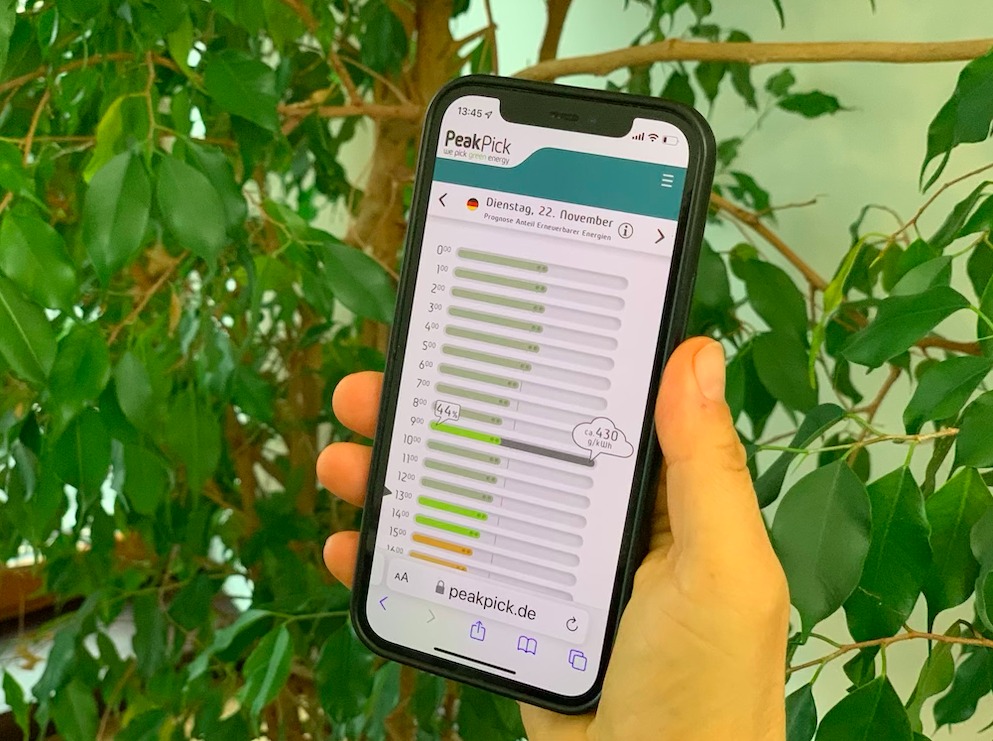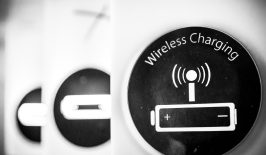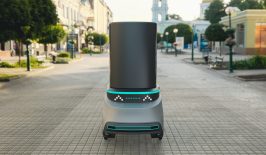Regardless of whether you use green electricity or not, the electricity that flows from your sockets comes from a mixture of sources. Depending on the time of day, the proportions of fossil and renewable energy sources change. When the sun is shining and the wind is blowing, renewable energies can account for about 37 percent of total electricity generation in the EU; coal, gas and nuclear power plants are then cut back accordingly, because by law, renewables have priority. This means that, quite instinctively, the more electricity is generated from renewable energies, the lower the CO2 emissions.
For example, let’s take a look at the emissions of a 60 degree wash load of coloured laundry. This wash cycle consumes roughly one kilowatt hour of electricity. In Germany, for example, the electricity required to complete this load is composed on average of 50 percent renewable energy and 50 percent conventional energy. With this electricity mix, your wash load produces about 370 grams of CO2. However, if you start your wash cycle during a peak period of renewable energies, their share is about 74 percent. The CO2 emissions of your wash cycle are then halved to around 150 grams.
These are PeakPick‘s calculations — roughly estimated, mind you. In many smart homes, appliances are already switched on automatically when the share of renewable energy is high. But “load shifting” is also possible without a smart home system’s additional hardware. Free web app PeakPick shows for each point in time how high the share of renewable energies in the current electricity mix is and also gives you a forecast for the next day. This means that even without solar pannels on the roof, you can adjust your electricity consumption to a time when a lot of electricity is being generated from wind and sun, and can easily switch on appliances at different times. Even if individual washing cycles are of course ‘peanuts’ from an economic perspective, the more people that shift their electricity consumption to peak times of renewable energies, the better wind and solar plants will be utilised and the less often coal-fired power plants will have to run.
Load shifting is an important component of the energy transition
One thing’s clear: An indispensable lever to set course for the 1.5 degree target is the energy transition.
But, sun and wind do not generate endless electricity (at least not yet), and we have to adapt our energy system to this.
Load shifting is an effective way of responding to fluctuations — and this includes adjusting consumption to generation and making the best use of climate-friendly electricity.
More on this here: How to Accelerate the Energy Transition Using Digital Technologies
These forecasts are created from data from the European transmission system operators’s transparency platform, ENTSO-E. PeakPick then calculates the hourly share of renewable energies from the forecasts. The CO2 emissions given are derived from this share in a simplified way and are approximated to make them more accessible.
At the moment, you can use PeakPick via a web app or order the forecast for the next day to be delivered to your email inbox every evening. A smartphone app is still in development. When the time comes, you can use the app to be reminded to switch on appliances and see how many CO2 emissions you have saved.

The 1.5 degree target is unattainable without a real transformation of our energy system. But how can it succeed? What are the energy sources of the future? What digital solutions are ready and where are innovations needed? And how can the transformation be driven forward?
The RESET Greenbook “Energy Transition – The Future is Networked” presents digital, innovative solutions and sheds light on the background.
By the way — PeakPick states that it does not use technically unnecessary cookies or store your data and uses green web hosting with certified green electricity. We like!








